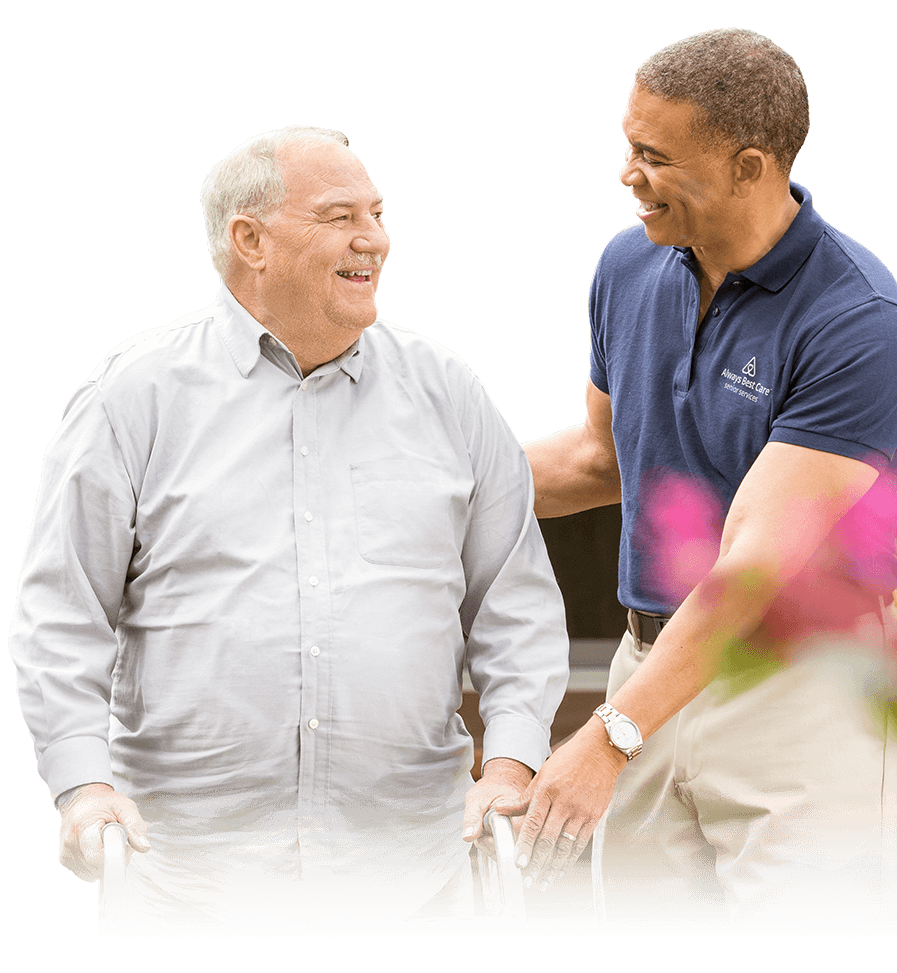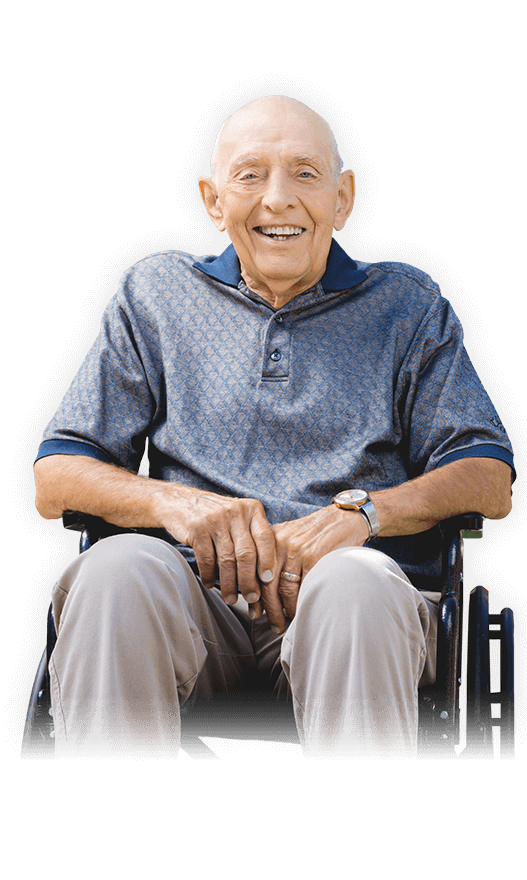Loss of Balance or Coordination
Age-related muscle weakness, slower reflexes, or neurological conditions like Parkinson’s disease can all affect stability.
You can schedule a consultation with a care provider now.
Please submit this form below and we will chat shortly!
For a free e-book complete the form below
Learn about the Exciting Opportunities with Always Best Care!
Falls are one of the leading causes of injury among seniors.
In fact, according to the CDC, unintentional falls are the leading cause of injury in nearly one in four adults aged 65 and older.
Falls in older adults are rarely caused by a single issue, as they often stem from a mix of health changes, environmental hazards, and medication side effects.
Knowing what causes recurrent falls in seniors helps families take smarter steps to prevent them.

Age-related muscle weakness, slower reflexes, or neurological conditions like Parkinson’s disease can all affect stability.
Some prescriptions, especially those for blood pressure or anxiety, can cause dizziness or dehydration.
Poor vision makes it more difficult to spot trip hazards like rugs, cords, or uneven flooring.
Cluttered walkways, slippery bathrooms, poor lighting, and a lack of grab bars or railings all increase the risk of someone falling.
Often, there are subtle warning signs that your loved one might be at risk, especially in older adults and middle-aged individuals experiencing changes in balance or mobility.
Here are some signs to watch for:
Some of the most effective fall prevention tips for seniors are simple, affordable changes that reduce risk and help your loved one stay safe and independent at home.
Here are top strategies to minimize fall risks at home:
Some proven ways to help include:
At Always Best Care, we know how serious falls can be and how important it is for families to feel confident in their loved one’s safety.
That’s why we provide proactive, personalized support designed to reduce fall risk and promote independence.

Our care providers evaluate your loved one’s home environment, mobility, and overall health to determine potential fall risks before they become a problem.
Some Our trained caregivers offer in-home care and hands-on support with daily tasks like mobility, bathing, and grooming, lowering the risk of falls. , especially those for blood pressure or anxiety, can cause dizziness or dehydration.
As your loved one’s needs change, we adapt their care to make sure their home stays safe and comfortable.
We’ll help reduce your elderly loved one’s risk of falling with personalized care that fits right into their daily routine.

